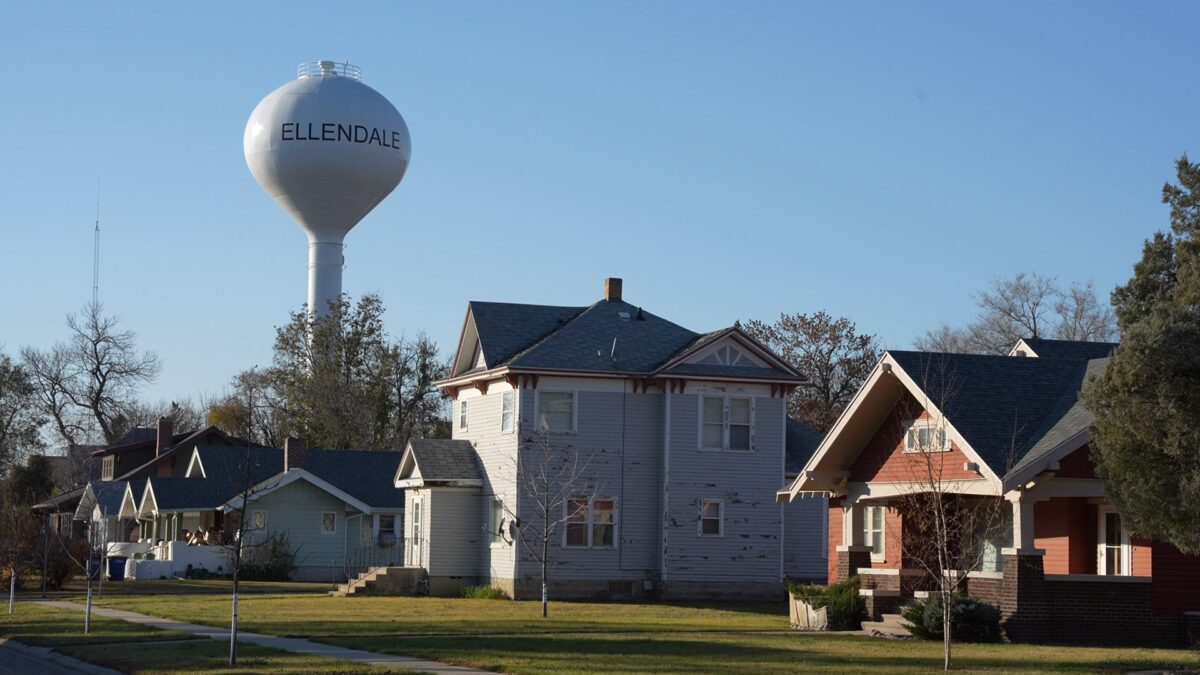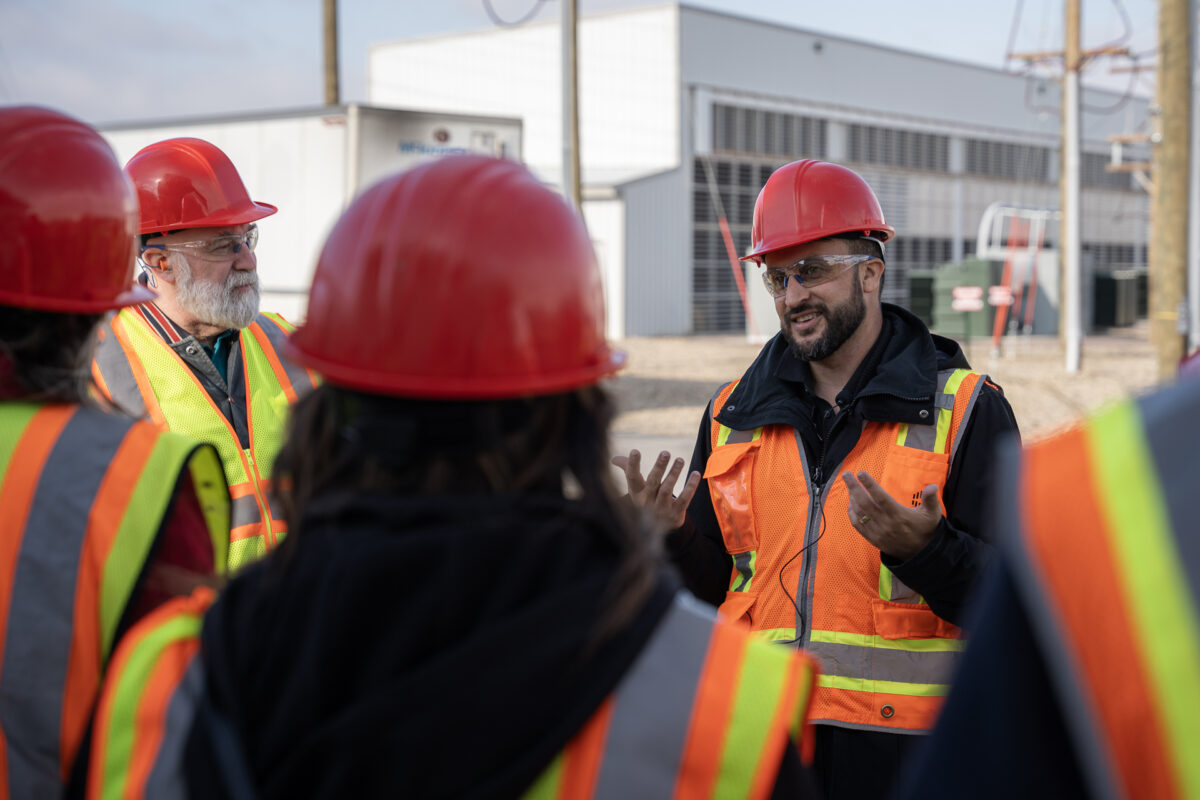(VIDEO) Ellendale, ND, A Small Town Shaping a Digital Revolution
Ellendale is a rural community in southeastern North Dakota, home to approximately 1,000 people. With deep roots in agriculture and a straightforward way of life, the town embodies the essence of rural North Dakota, a blend of tradition and resilience set against the vast backdrop of the prairie.
The region has experienced substantial growth in wind energy development, resulting in an abundance of underutilized power. Recognizing this potential, Applied Digital, a leader in designing, building, and operating next generation data centers, built a 100-megawatt facility outside of Ellendale. The facility is an example of how digital innovation can coexist and support the local economy while honoring rural values.
I’m Kayla Ver Helst, sustainability officer at the Bank of North Dakota. This video, part of the STAND docuseries showcases Applied Digital’s data center in Ellendale, North Dakota.
I believe that what’s happening today guarantees that Ellendale is a part of this area and an influence in this part of of southeastern North Dakota, well into the 22nd century. Ellendale still has a small town charm that hasn’t changed. In fact, if anything, I think that’s going to be one of our biggest pluses because as Applied Digital and the plans that they have continue to expand, and now we have people moving into our community from all over the country. We can either embrace those people, make them feel welcome, make them the feel part of the community.
During peak construction, 450 workers boosted the local population, bringing significant activity to the area. In addition to attracting workers and families, Applied Digital generates sales tax and property tax revenue, which can fund additional services and infrastructure improvements. However, these benefits depend on a dedicated workforce as well as support from the local and state government.
As that population grows a little bit, it provides a lot of opportunity for services that otherwise just aren’t here, you know, to come into town. So hopefully five, 10 years out we see another 50, 100, 200 new homes, plus a part including apartments as well as single family homes, and hopefully we see a lot of other business developments and opportunities for folks, you know, to grow here and stay here.
We have an opportunity and we’re grabbing a hold of it to help us grow. And if I can encourage anyone in small town, not just North Dakota, but but small town America, you’re going to have opportunities. It might be technological, it might be in some other area, some other phase. Be prepared that when those things happen, you embrace those and work together with those. Don’t shun away from it. Be an active part, because by helping to cultivate that, by helping to be an active part of that, you are not only going to make your community stronger, you’re going to make that industry or that business strong, and that helps everyone.
North Dakotans were just really extremely hard workers. Every day people would show up, they would come to work, they would put in the hours they would put in the time, and you can’t say that about every community in every state that that we work in.
We’ve continued to invest in North Dakota because we’ve had such a good experience both on the state, you know, government side, the local government side, where they’re very accommodating, willing to work with us.
I don’t think that Applied Digital is the end. I think it’s just the beginning. I think that there are other things that are going to happen because of Applied Digital coming into our community, because of those new people coming into our community that are going to create other newer business opportunities and other new, community opportunities and things of that nature that are going to make our community even stronger and better.
Applied Digital has become a cornerstone of Ellendale’s recent growth, enhancing the town’s sustainability and vitality for generations to come. Visit STAND.nd.gov for more authentic stories of sustainability and transformation from people creating real change in North Dakota’s energy, agriculture, conservation and carbon management efforts.


